Four things Google needs to learn from iPadOS
Google has to make a lot of changes if it wants to take on the iPad.
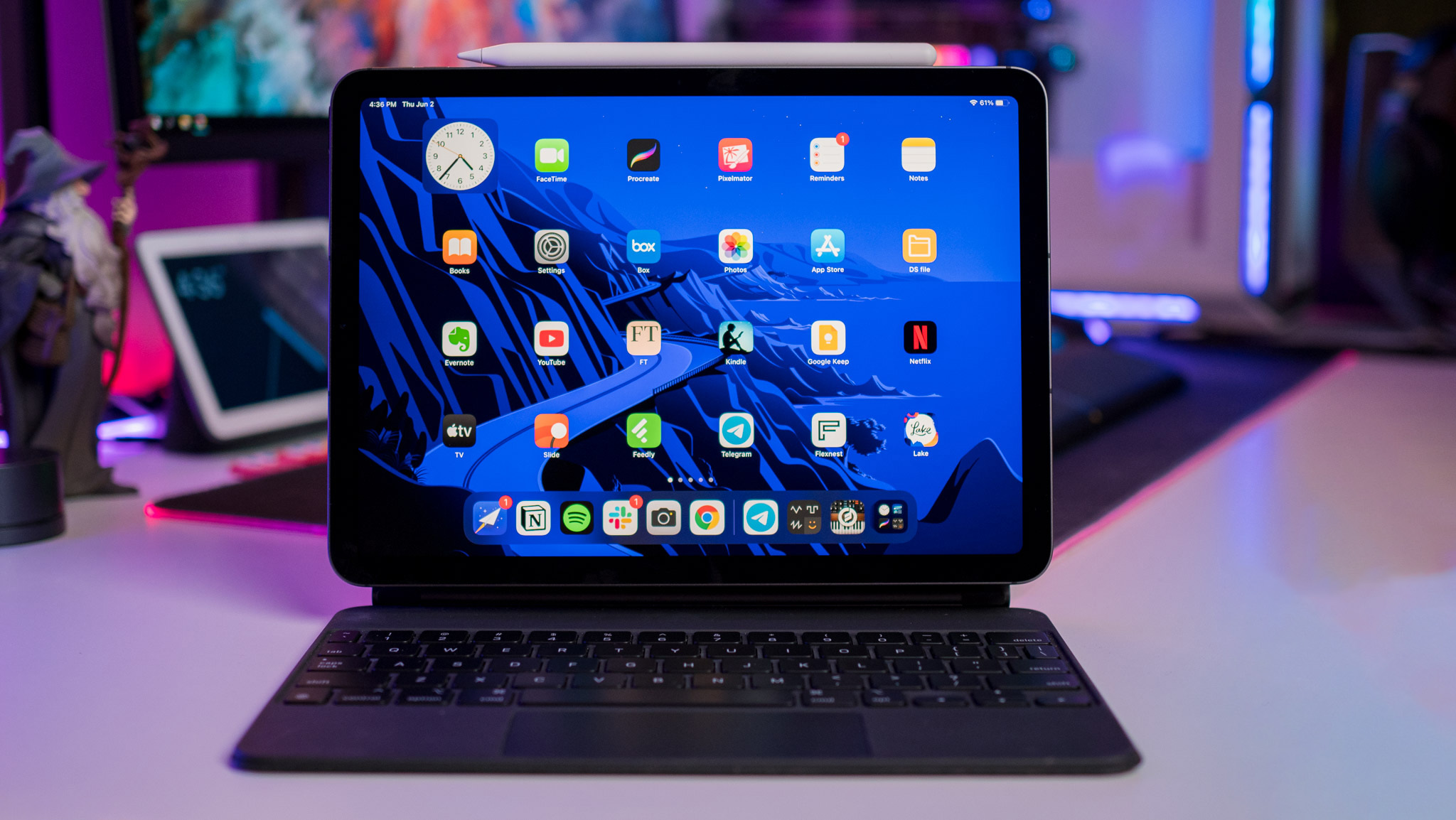
If you care about Android tablets, Samsung is the only game in town. The South Korean manufacturer has been single-handedly propping up this category for some time now, introducing custom features to One UI like a split notification shade and split-screen multitasking with the ability to use three apps side-by-side to fully utilize the tablet form factor.
It had to do these things because Google's attitude toward tablets has been lackadaisical at best over the last five years. But that's changing; Google rolled out Android 12L with tablet-focused features, and it is launching the Pixel Tablet next year — its first in eight years.
While Google is starting to pay much-needed attention to Android tablets, there are many areas where it falls short of the segment leader: the iPad. Apple has built iPadOS into the best tablet operating system around, and if Google wants to challenge the iPad's dominance, it needs to learn from the best.
iPadOS has an unbeatable app ecosystem
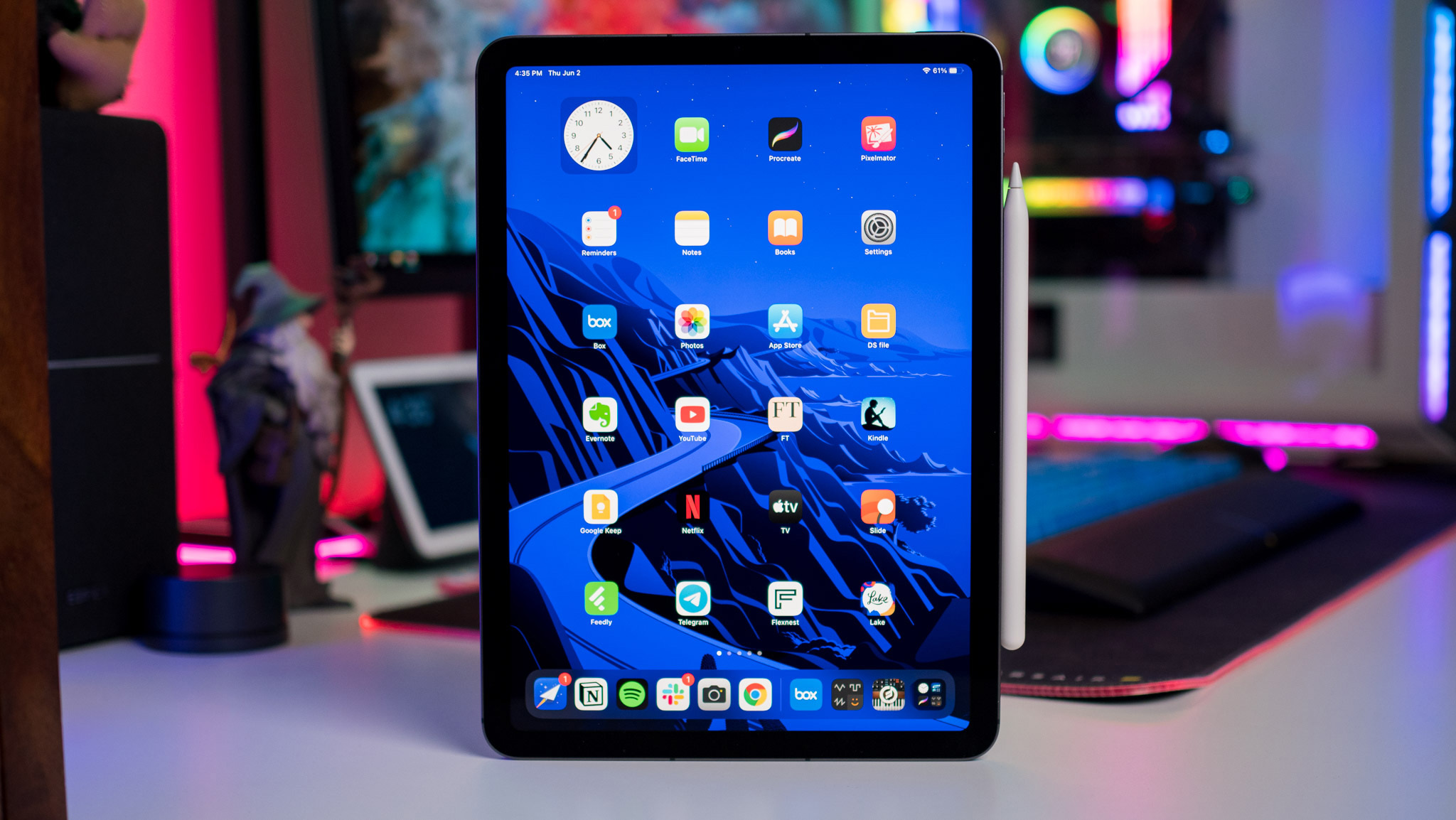
The biggest differentiator for iPadOS is the app selection. For instance, Procreate is a phenomenal tool for digital illustration, and it is better than any equivalent Android has to offer. In a similar vein, you get LumaFusion for video editing, Pixelmator for image editing, and Notability for note-taking. Even Photoshop is limited to the iPad, and while Adobe has a few standalone apps on Android, the full-fledged Photoshop client isn't available for Android tablets.
It's always been about the apps, and iPadOS has the apps you'd actually want to use.
And of course, if you're like me and dabble in music production, iPadOS is the go-to choice. There's an exhaustive selection of synths, drum machines, and digital audio workstations on the App Store, and they work incredibly well on the iPad Air.
If you're interested in getting things done on a tablet, there's so much more on offer with iPadOS that you just don't get on Android. And that's a problem Google needs to fix; one way to do that is to incentivize developers to port apps to Android — LumaFusion is already working on Android and Chrome OS apps, and I want to see other iPad mainstays make their way over to Android.
At the end of the day, a large-screen device is only as good as the apps it offers. And in this area, iPadOS has an overwhelming lead.
Be an expert in 5 minutes
Get the latest news from Android Central, your trusted companion in the world of Android
iPadOS is much more stable
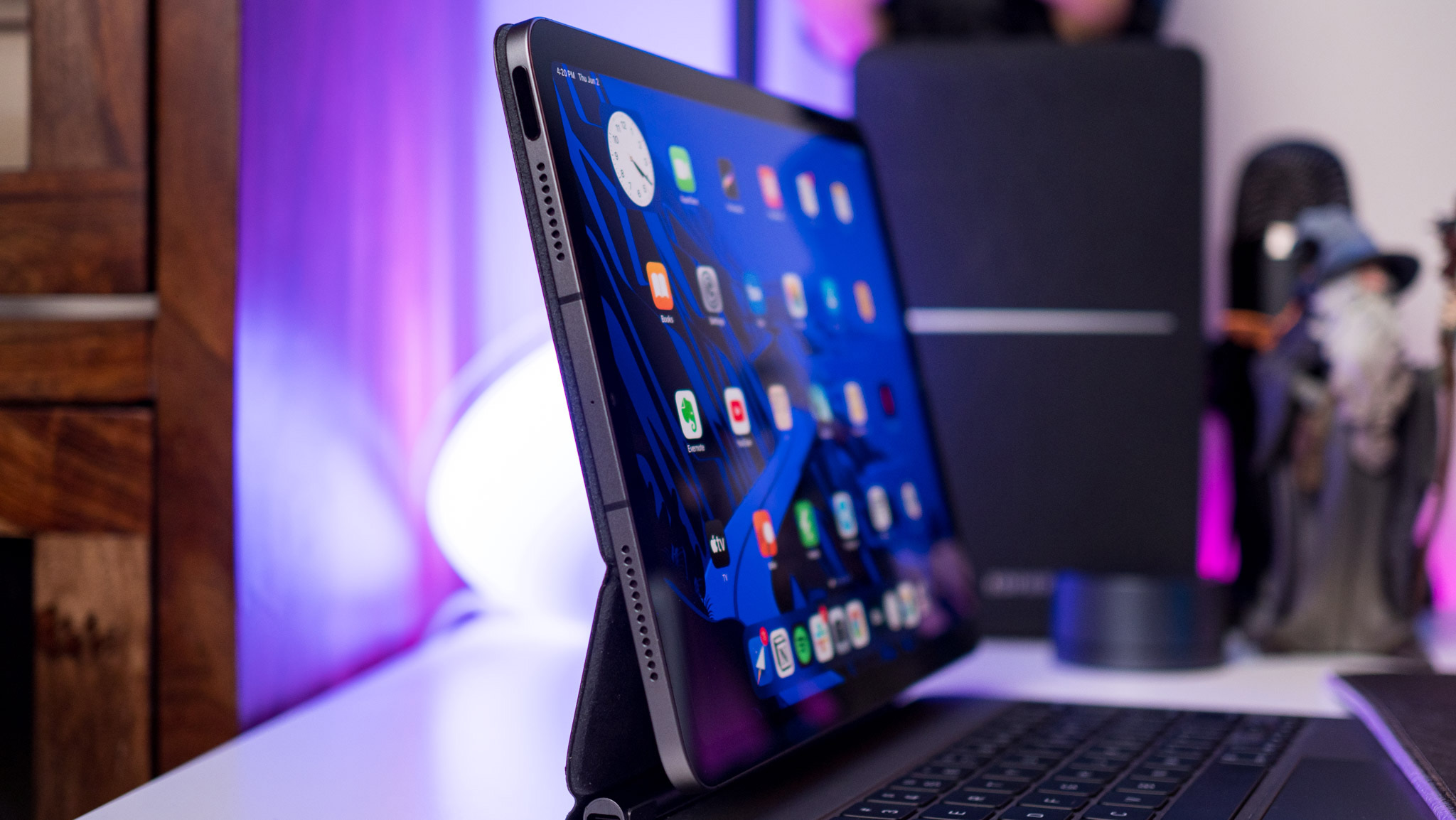
The entry-level iPad costs $329, and while the design hasn't changed in nearly a decade, it is more stable during day-to-day use than the best Android tablets. Of course, Apple's vertical integration allows it to have much better control over the software, but it's immediately evident just how much more reliable iPadOS is over Android tablets.
Now, this isn't as big as an issue when talking about Android vs. iOS; I easily switch between 50 Android phones over the course of a year and barring a few instances where a device is on pre-release software and has a lot of bugs, I don't see any stability issues with Android phones.
But that's not the case with Android tablets. Whether it's poor optimization by manufacturers or inherent issues with scaling, using an Android tablet feels like it's on beta software.
iPadOS leads the way for software updates
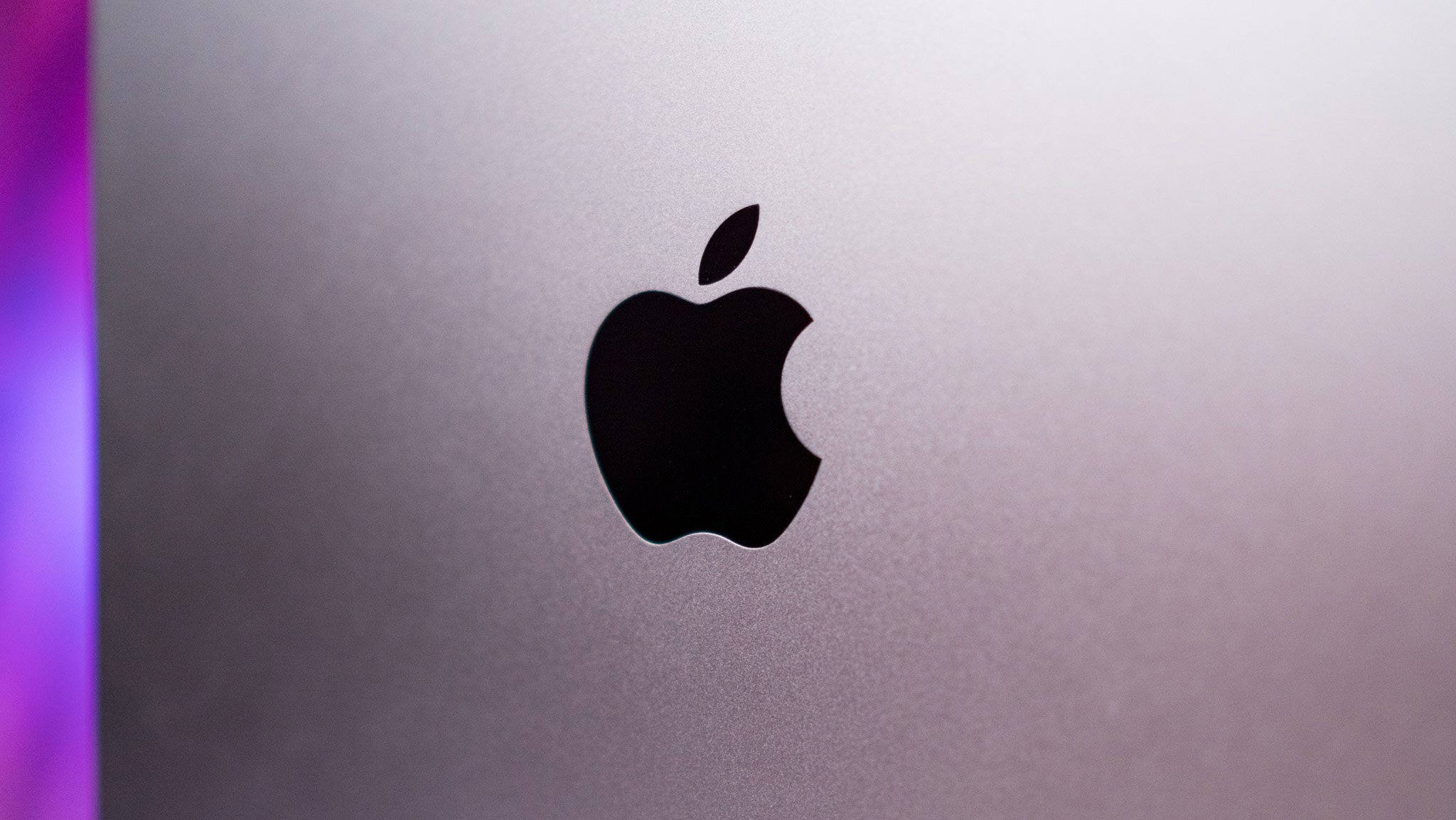
There's no question that iPads get more updates than their Android rivals, and while we're seeing things change for the better — with Samsung leading the charge with four guaranteed OS updates — most Android tablets aren't even getting two platform updates.
But that's not the biggest issue; a more immediate problem for Android tablets is how long it takes to get software updates after they're released by Google. We needn't look beyond Xiaomi's Mi Pad 5 — the tablet launched nine months ago with Android 11, and it's yet to make the switch to Android 12.
Android tablets are starting to see more updates, but the budget category is still under-served.
With Google introducing Android 12L at the start of the year with tablet-focused changes, Xiaomi mentioned that it will roll out the 12L build directly to the tablet instead of Android 12. But as we head to the end of Q2, the Mi Pad 5 continues to be on Android 11, with no timeline of when it will make the move to Android 12L.
Similarly, the Realme Pad launched last year with Android 11, and the tablet will get just one version update to Android 12 — and that too because of user backlash after Realme revealed that it wasn't planning on delivering any platform updates.
While it's great that Samsung is now offering four updates to its flagship tablets, even the entry-level iPad will pick up five OS platform updates, and that's not the case for budget Android tablets.
iPadOS has outstanding first-party apps
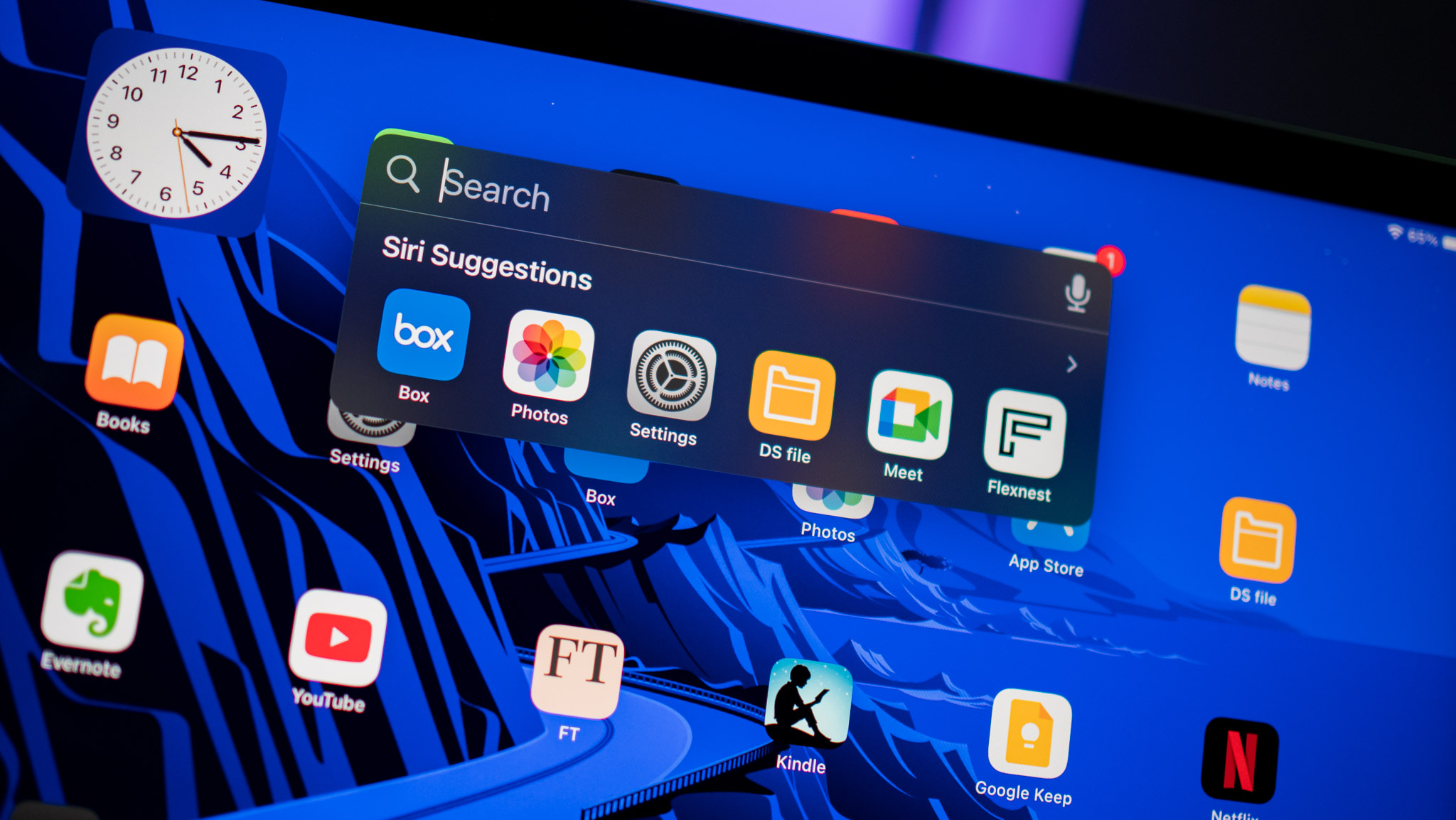
Alongside an exhaustive selection of apps on the App Store, iPadOS offers meaningful first-party apps tailored to take full advantage of the iPad form factor. And the best part is that they continually get new features.
Safari added the ability to use extensions in iPadOS 15; and FaceTime, Photos, and Mail are getting a lot of useful features in the upcoming iPadOS 16, recently announced at WWDC22. Spotlight is a fast way to find anything on your iPad and Universal Control offers a seamless way to copy content and use the same keyboard and mouse between a Mac and iPad.
iPadOS 16 gets a new multitasking feature that makes it easier to resize and manage windows, called Stage Manager. The feature lets you resize the app you're using into a floating window, and you can see background apps along the left edge of the screen, and can easily switch between them.
For its part, Samsung does a good job with first-party apps on its tablets, but Google hasn't done well on this front with its own services. That's meant to change with Android 13, so let's see if Google actually follows through.
Google needs to show it cares about Android tablets
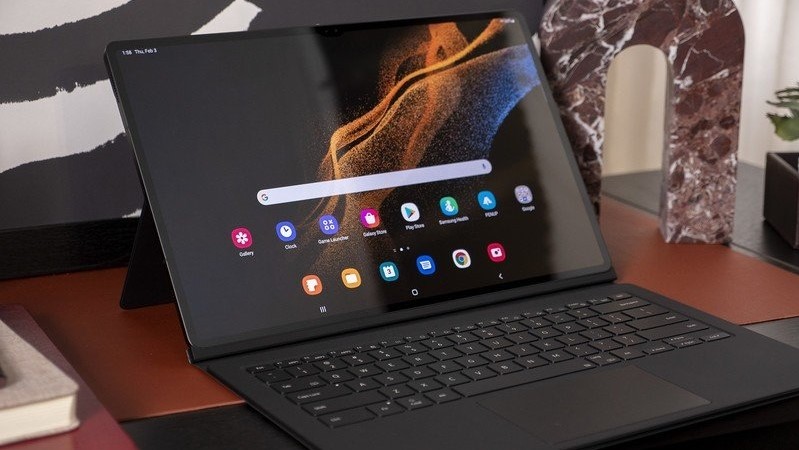
At the end of the day, Apple did a brilliant job building out a connected ecosystem of devices, and it did an equally great job tailoring the software for each category. While iOS isn't significantly better than Android — iOS 16 is getting a lot of features Android has had for years — iPadOS and watchOS are unrivaled in what they offer. Google is now trying to address those shortcomings; Wear OS got a major overhaul last year, and Android 12L fixes long-standing issues with Android tablets.
But as has been clear for so long with Google, its well-intentioned strategy falls short when it comes to actual execution. Android smartwatch users will have to wait until later this year to get the Wear OS 3 release, and it doesn't look like most eligible Android tablets will get the Android 12L release soon.
As outlined above, the problem is more than just updates; Google has to show that it can deliver a tablet-focused operating system that can hold its own against iPadOS. And it needs to do so fast. Until then, if you need a tablet, the iPad continues to be the default choice.
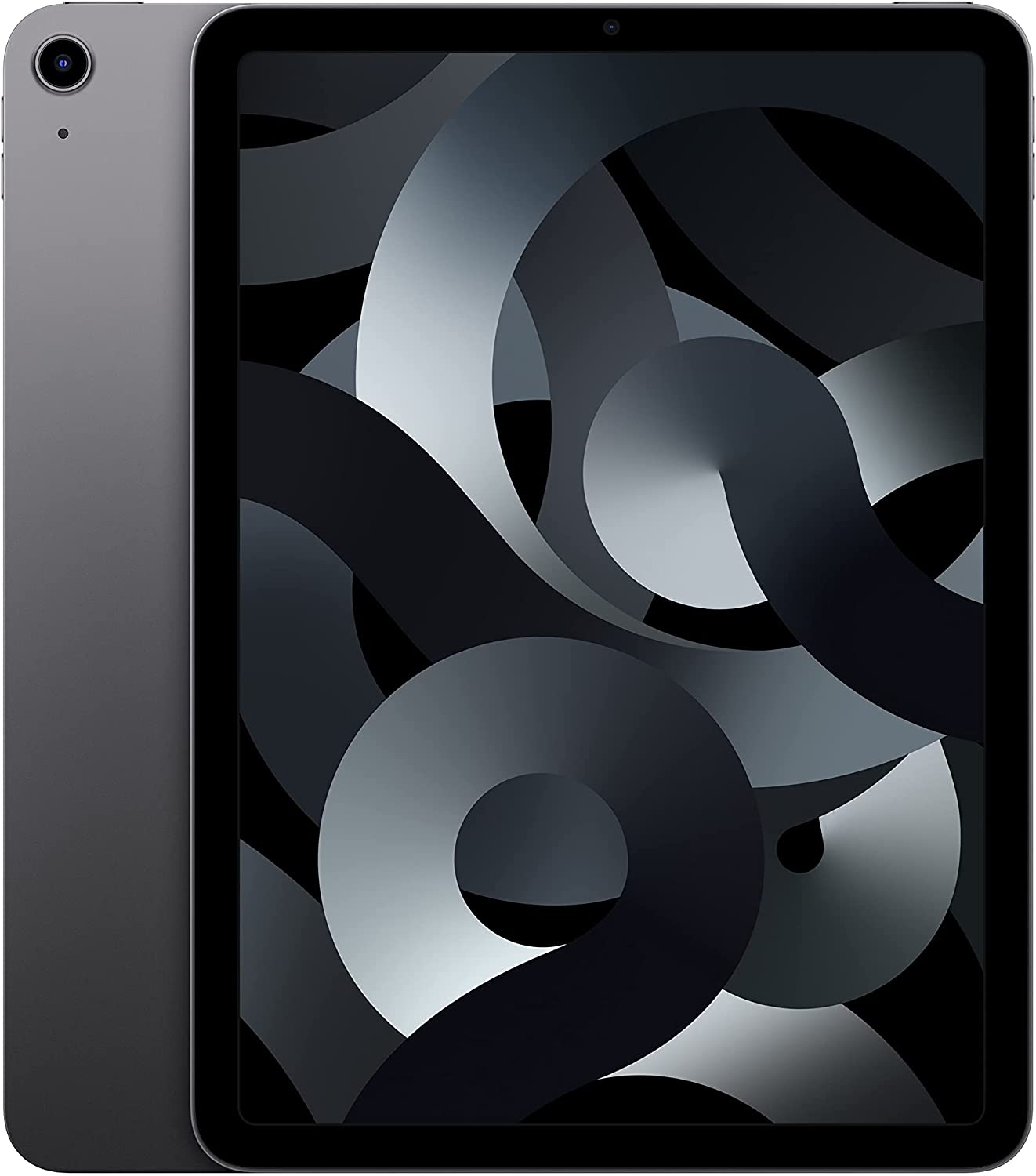
With a custom M1 silicon backed by a vibrant screen and a wide array of useful software features, the iPad Air M1 is the best overall option if you're interested in buying an iPad in 2022.

Harish Jonnalagadda is Android Central's Senior Editor overseeing mobile coverage. In his current role, he leads the site's coverage of Chinese phone brands, networking products, and AV gear. He has been testing phones for over a decade, and has extensive experience in mobile hardware and the global semiconductor industry. Contact him on Twitter at @chunkynerd.
